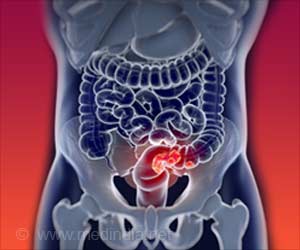Neuroblastoma tumours originate from the same transient progenitor cells-neural crest cells-that give rise to the nervous system along with other tissues.

TOP INSIGHT
Members of some families are at higher risk than others to develop tumours that originate from cells due to mutations in specific genes.
In the current study, the investigators describe the mechanisms by which KIF1B-β causes cell death. They found that KIF1B-β affects the cells´ power stations, the mitochondria, by activating an enzyme named calcineurin. Schlisio and her colleagues also show that a critical signal required to induce cell death by fragmenting the mitochondria is compromised by the loss of KIF1B-β. By examining neuroblastoma tumors biopsied from patients, the researchers demonstrate that loss of KIF1B-β is associated with poor prognosis and reduced survival.
The team also demonstrates a general mechanism that can explain how calcium-dependent signalling by calcineurin is executed. This is a significant finding because the loss of control of calcineurin signalling seems to play a role in many diseases, including neurodegenerative disease, cardiac disease and cancers.
"We conclude that KIF1B-β plays a key role in the decision between life and death for neural crest cells and tumours originating from the neural crest", says Susanne Schlisio. "In time, knowledge of the mechanism by which KIF1B-β induce cell death might prove important in attempts to develop new neuroblastoma therapies." The research was financially supported by grants from the Ludwig Institute, the Swedish Children Cancer Foundation, the Swedish Research Council (VR) and the Swedish Cancer Society.
Source-Newswise
 MEDINDIA
MEDINDIA




 Email
Email










